
Hello everyone! My name is Mihajlo, and over the past six months as part of my Next Billion Fellowship, I’ve been working to bring the benefits of Web3 to the World Scouting Movement.
Growing up in Serbia in the ’90s, I experienced firsthand the devastating effects that wars and sanctions can have on young people. There weren’t a lot of opportunities to find good role models or supportive peers. In that sort of environment, it’s easy for youth to become caught up in gangs or criminal activity. I would say it’s because of technology and the scouting movement that I was able to avoid turning down the wrong path.
In 1996, I searched for “Izviđači” (Serbian for ‘scout’) on Yahoo, and stumbled upon one of the first scouting groups in the world to have its own website. One of the members had created the website as a university project earlier that year. Finding that website was where my journey began. Fast-forward through 27 years of adventure, learning, volunteering, and professional engagement – and now I work for the World Organization of the Scout Movement (WOSM), a vibrant global community, representing more than 57 million Scouts across over 170 National Scout Organizations.
A Decentralised Movement
The Scouting movement is decentralised, with each chapter bringing its own unique skills and goals to a grassroots community focused on fostering an environment of learning, personal growth, and mutual respect. Scouts follow a general framework and guiding principles agreed upon by all members of the World Organization, but have autonomy in how they implement projects and initiatives.
In Scouting, we believe that education is key to making the world a better place to live, and that technology is one of the most powerful tools for education. Since 1957, scouts around the world have participated in the “Jamboree on the air” – a remote gathering of scouts working on the skills of amateur radio operation. More recently, scouts around the world have joined the “Jamboree on the Internet” – the next generation of global scouting events facilitated by technology.
In my time with WOSM, I’ve watched the scouting movement experiment with the early internet, and then helped it to make the transition to Web 2.0. Today, scouts have a full online presence and platform that can be used worldwide to coordinate and contribute to global initiatives, keep track of local chapters, and to communicate with the global movement. I am excited to say that it’s now time for the scouts to upgrade to Web 3.0!
My Next Billion Fellowship
The first piece of my work as a Next Billion Fellow was to create some educational content for scouts on the basics of Web3: We talked about what a blockchain is, how it can be used, and the importance of encryption for staying safe online. I hosted two sessions at the “Jamboree on the Internet”, and as a proof of participation for the event, encouraged attendees to mint the first-ever World Scouting NFT badge using POAP.
The digitization of scout badges is a very clear use case for us, and we will be working to create new blockchain-based badges for scouts around the world to unlock and collect. But there is much more potential for innovation in the world of Web3 for the scouting movement. New mechanisms for voting and governance could allow scouts worldwide to have more effective coordination on big initiatives. A world scouting curriculum for Web3 could help millions of young people learn how to safely keep and use digital assets. A world scouting wallet could guide and reward scouts on their journey of learning, and allow local chapters to create and export their own challenges and badges to a global community.
The Scout’s Passport
Although this journey began with seeing the untapped potential of NFTs and digital badges, the world of Web 3.0 is a big territory — and I wanted to chart a path that moves wisely toward the long-term goals of Scouting. A Scout’s badges are tokens of personal growth and achievement that a scout takes with them. They help to support and define the identity of a scout, acting as ‘soul-bound tokens’ attached to a real person’s journey through life and scouting. Digital badges are a large part of the picture, but what we really need is an identity system that is compatible with digital badges, tokens, and anything else that Scouts may need in the future.
We are now preparing to build the first foundational layer of World Scouting Web3 vision: The Scout’s Passport. As an identity system, a Scout’s passport would be compatible with all sorts of Web3 systems, and would allow the scouting movement to have an identity layer for badges, tokens, signatures, messages, etc. In particular, a Web3-enabled scout’s identity would allow for more robust social recovery for scouts, allowing us to safely create DAO scouting groups, to explore new methods of crowdfunding and governance, and of course to unlock the infinite possibilities of NFTs and digital badges or certifications. Above all else, developing a special wallet module for the Scouts will enable us to create user flows and account protections specifically for young people, an important demographic not often considered in consumer wallet software.
Like all initiatives in the scouting movement, we are working from the ground up. The development of the scout’s passport will have a sustainable support system and community-based contributions from the many scouts already involved in Web3. The Scouts wallet will be open-source, allowing anyone to both contribute to and to benefit from modules in our identity platform. We hope to have an MVP of the World Scouting Wallet ready in time for the World Scout Jamboree being held in South Korea this August, which will bring together 45,000 scouts from all over the world.
Moving Forward
As I continue on this exciting journey, I’m working on implementing a technical framework for a set of initial World Scouting Educational Initiatives and Scouts for Sustainable Development Goals Badges based on verified credentials that will then be stored in the Scout’s wallet module. I think that technology is a powerful tool to create an empowered community, and with this framework we can start to build a brighter future for Scouts worldwide.
I’m excited to share my progress and experiences with you, and I hope to inspire others to explore the potential of blockchain and Web3 technology within their own communities. Let’s embark on this journey together and see where it takes us!
If you’re interested in learning more about my project and staying up to date on my progress, feel free to connect with me on Twitter or LinkedIn
The World Organization of the Scout Movement (WOSM) is a vibrant global community, representing more than 57 million Scouts across over 170 National Scout Organizations. As one of the largest youth movements in the world, WOSM plays a critical role in shaping the lives of young people, fostering values of leadership, community service, and environmental stewardship.
A Note from Team Next Billion: As of today, applications are now closed for Cohort #3 of the Next Billion Fellowship. We would like to thank everyone who applied, and will be reaching out to all applicants with a decision in the coming weeks.

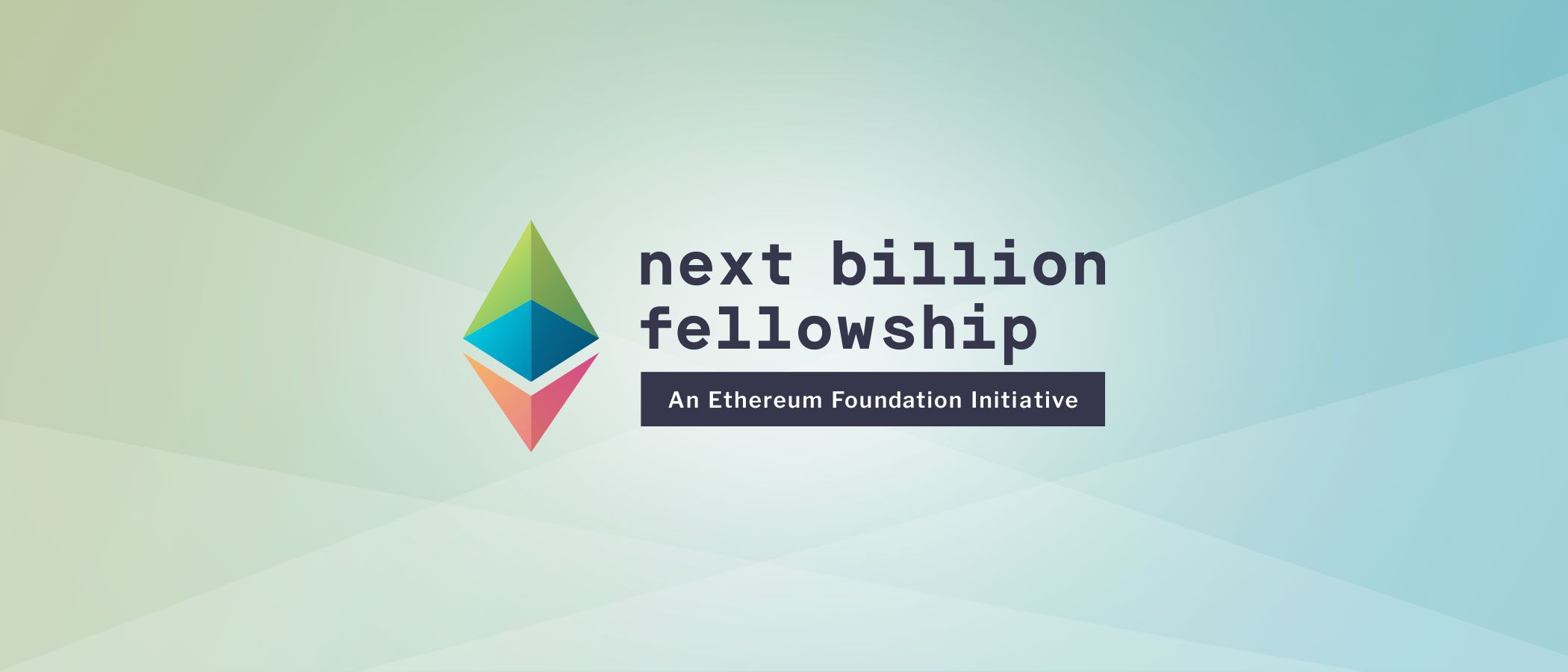
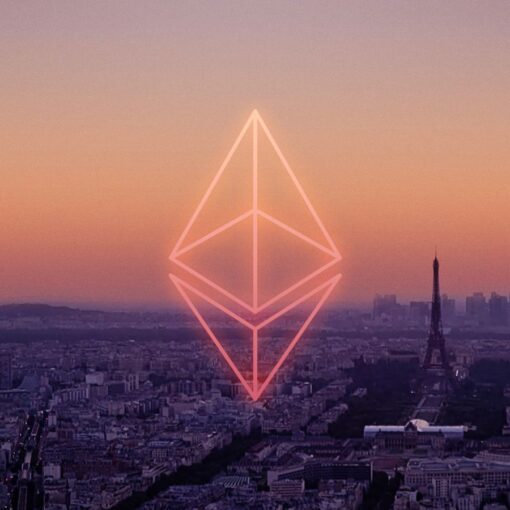
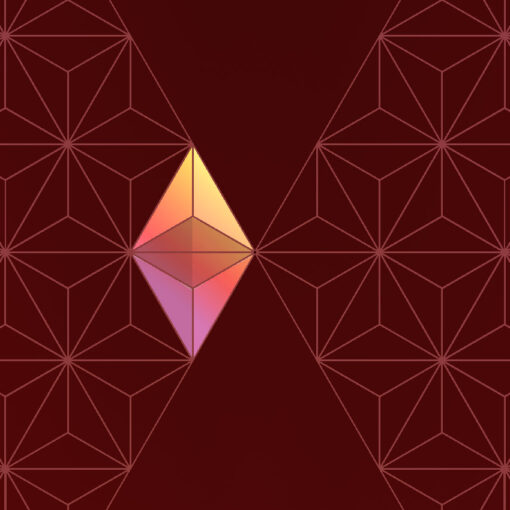
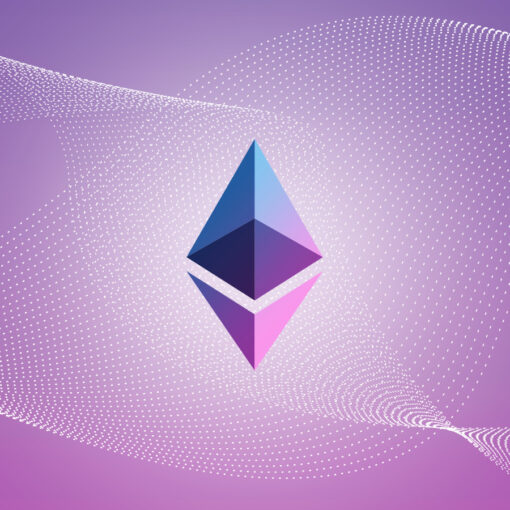
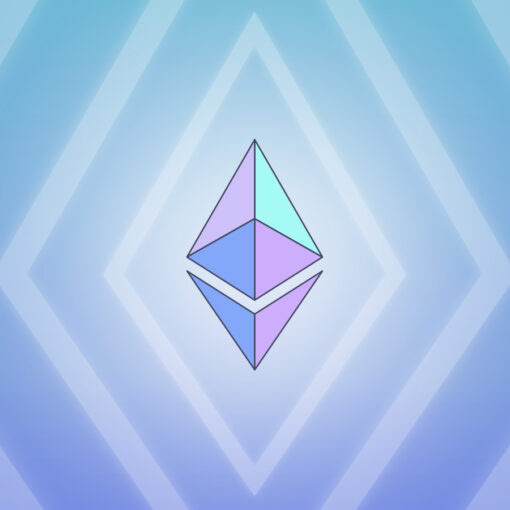
 Bitcoin
Bitcoin  Tether
Tether  USDC
USDC  XRP
XRP  Lido Staked Ether
Lido Staked Ether  Dogecoin
Dogecoin  LEO Token
LEO Token